|
Labor Day weekend is here once again, a tribute to the contributions and achievements of American workers and traditionally observed on the first Monday in September. This year that falls on September 5th. Labor Day was created by the labor movement in the late 19th century and became a federal holiday in 1894. This week’s “Story in Stone” pays tribute to a Fredericktonian who we can attest to as a faithful employee who “labored” at the time the holiday originated. However, I’m not quite sure if he had that very first Labor Day, itself, off, let alone the entire weekend during that inaugural year of 1894. If not, let’s hope that he had a three-day weekend in 1895 or 1896. The grave of this man, John A. Brooks, recently caught my eye for two specific reasons. First, his gravestone was recently cleaned—making it clearly legible. And second, I was intrigued by the following transcription on his gravestone : “For 14 years a faithful and honest messenger for Montevue Hospital.” Who names their employer on their headstone? Seems like it was a mutual admiration society between Mr. Brooks and the old Montevue Hospital. There had to be something special between this man and this local institution—was it simply a “labor of love?” This gravestone is located in the cemetery’s Area M, a somewhat lonely spot located to the right (north) of what we call Confederate Row. There are not many graves here as this was the site of single grave plots, usually reserved for people not having proper means for adequate burial on their own behalf. So, you now may, or may not, have two questions for me. What does a messenger do in his or her profession? What is, or was, the Montevue Hospital? A messenger in the sense of the word here carried messages, telegrams and mail between Frederick City and the hospital via a wagon. Today, we are more familiar with bike messengers in big cities. In a hospital setting, a messenger is responsible for assisting clinical personnel in transferring patients to and from beds, wheelchairs or stretcher. They also assist people in and out of vehicles, and escort or transport patients to and from the hospital lobby. We’ve now given a job description, so what about the location in which John A. Brooks faithfully labored from 1892-1906? Many longtime residents are familiar with the Montevue Hospital, whose name translates to “mountain view.” This was the “county home,” or almshouse, which provided care for those unable to help themselves. I recall this impressive building fondly from my youth and younger days before its demolition in 1987. Since I grew up northwest of Frederick in the Rocky Springs area, the grand structure was an unmistakable landmark along the west side of Rosemont Avenue as it becomes Yellow Springs Road. Directly across from Fort Detrick, the site now serves as the Frederick County Health Department, and the name survives today as the Montevue Assisted Living and Citizens Care & Rehabilitation Center. I even visited residents here on a few occasions through my time with Cub Scouts. Frederick’s first “almshouse” opened in the 1770s after state assembly authorization at a location on West Patrick Street. It would be lost to fire, but a new one would be built in the same vicinity of Bentztown as the first. This was built at 261-263 West Patrick Street. It was west of Bentz Street on the north side of the thoroughfare, and apparently backed up to Carroll Creek. It even had its own burial ground, long since gone and unmarked although the bodies likely remain. The name “almhouse” dates back to England and the Tenth century as they are rooted in the religious practice of giving “alms,” or charity to the poor and infirm. This can include elderly or homeless persons, in addition to those suffering from debilitating illnesses and disabilities. This is also where some vagrants beggars, vagabonds and other offenders were sent as punishment. By 1830, a larger almshouse was needed to properly serve the community. This would be built in 1830 on a 94-acre parcel given by the family of Elias and Catherine Brunner. The location was outside the city limits (at that time), off the Fourth Street Extension, later named Rosemont Avenue. Henry Steiner, Jr. (1790-1868) was appointed overseer. He is buried in Mount Olivet’s area E/Lot 95. This almshouse would sustain itself as a farm with inmates helping in its operation. Local produce sold would help with the funding. In 1870, a new, larger structure was needed on the premises. The county almshouse site seriously evolved with the construction of Montevue Hospital. The new, 4 1/2-story brick facility cost $125,000 to build and featured significant improvements such as a dining hall and a second kitchen. When construction was complete in January 1871, many of the residents from the older facility were transferred over, and the former almshouse building was demolished. As an important aside, black residents didn’t have the same access to the important upgrades offered at Montevue, and were quartered in the “Old House,” a farmhouse which remained on site until a new, segregated building was constructed around 1897. This building was later renovated into the Emergency Hospital which operated between 1934 and 1955. It still stands today and serves as home to the Frederick County Extension Service. By 1877, Montevue Hospital had the second largest resident population among Maryland’s public almhouses and asylums. This is where our friend John A. Brooks proudly labored. I’ve come across a few old photos of this facility and wonder if any of those folks within can be him? By 1930, the purpose of Montevue Hospital and associated buildings had shifted. As new hospitals were constructed and social services expanded, there were fewer children and older patients residing at the facility. Montevue continued to provide shelter for transients, the elderly poor, the mentally ill and those in need of medical care, especially African Americans who had few other resources. As the 20th century moved forward, Montevue’s farming and medical facilities were de-emphasized and the property was developed for different uses. In 1987, Montevue was demolished. The site now serves as the County Health Department. Okay, one final question now that we know what a hospital “messenger” is, and what the famed Montevue was like, at least at the time before, during, and immediately after Mr. Brooks’ tenure. Who was this John A. Brooks? Well, I’ve labored to find info but have come up empty. Our cemetery records have nothing of note beyond the information that can be gleaned on his stone. He died on July 3rd, 1906, aged 73, but no birthdate including year is given. We can narrow down the date thanks to the 1900 US Census which shows John living at Montevue, with his birthdate listed as August, 1833. This census record states that he was born in Maryland as were his parents. In addition, a son named Charles F. Haines (b. 1873) was living on the premises and employed as a laborer. The different surname certainly threw me a curveball, as does the fact that I couldn’t find a “Charles F. Haines” (born 1873) in our cemetery records or in the census records. So, if John A. Brooks had a son, who was John’s wife? A little more digging had me finding a census record from 1900. Here was John A. Brooks with wife Susan R. Brooks living in Mount Pleasant. As many are aware, the US Census of 1890 was lost to a fire, so other methods have to be sought to try to research folks during that 2--year gap between 1880 and 1900. A check in Jacob Holdcraft’s “Names in Stone” showed that Mrs. Brooks had died on June 5th, 1888 and buried in Mount Olivet. Our records confirmed this fact and, voila, I found her buried on Area H/Lot 134 amidst a family by the name of Koontz. I’m hypothesizing that Susan was a Koontz. I next found an interesting article in the local paper dated August 27, 1891, just three years after Susan’s death at age 35. What did John A. Brooks possibly do to get sentenced to Montevue? Was he living the life of a homeless tramp, or was he an addict of some sort, or possibly mentally ill? Whatever the situation, it seems that it was an important life event as he would eventually make this location his final home and career up through his death in 1906. I found a few articles that mention his re-appointment as messenger at Montevue, but nothing more until his obituary and funeral notices in July, 1906. Apparently, an amputated toe helped lead to his demise. So I will labor no further, and enjoy my three-day weekend. If you want to “work” on the life of John A. Brooks, please be my guest. Let me know what you find, and I will add it into the published story—but not before Tuesday, September 6th mind you.
1 Comment
9/3/2022 09:17:01 am
How wonderful that you took the time to research and flesh out this man’s life. He was not a high-ranking official, but obviously he was an important asset to Mountevue. Moreover, he represents the laboring and long-suffering working class of America. These people should be vaunted up high and lauded as you did: they may not be the CEOs who make the tough decisions, but they are the laborers who work hard to build buildings such as Mountain View and the Frederick County Health Dept, museums and other public buildings, brick by brick. In the case of Mr. Brooks, he delivered what was most likely very important information, without which daily affairs could not proceed in an organized fashion. Bravo to all who toil and labor, often for the glory of others. Without the working class, society is nothing. Thank you.
Reply
Leave a Reply. |
STORIES
|
Archives
July 2024
June 2024
May 2024
April 2024
March 2024
February 2024
January 2024
December 2023
November 2023
September 2023
August 2023
July 2023
June 2023
May 2023
April 2023
March 2023
February 2023
January 2023
December 2022
November 2022
October 2022
September 2022
August 2022
July 2022
June 2022
May 2022
April 2022
March 2022
February 2022
January 2022
December 2021
November 2021
October 2021
September 2021
August 2021
July 2021
June 2021
May 2021
April 2021
March 2021
February 2021
January 2021
December 2020
November 2020
October 2020
September 2020
August 2020
July 2020
June 2020
May 2020
April 2020
March 2020
February 2020
January 2020
December 2019
November 2019
October 2019
September 2019
August 2019
July 2019
June 2019
May 2019
April 2019
March 2019
February 2019
January 2019
December 2018
November 2018
October 2018
September 2018
August 2018
July 2018
June 2018
May 2018
April 2018
March 2018
February 2018
January 2018
December 2017
November 2017
October 2017
September 2017
August 2017
July 2017
June 2017
May 2017
April 2017
March 2017
February 2017
January 2017
December 2016
November 2016

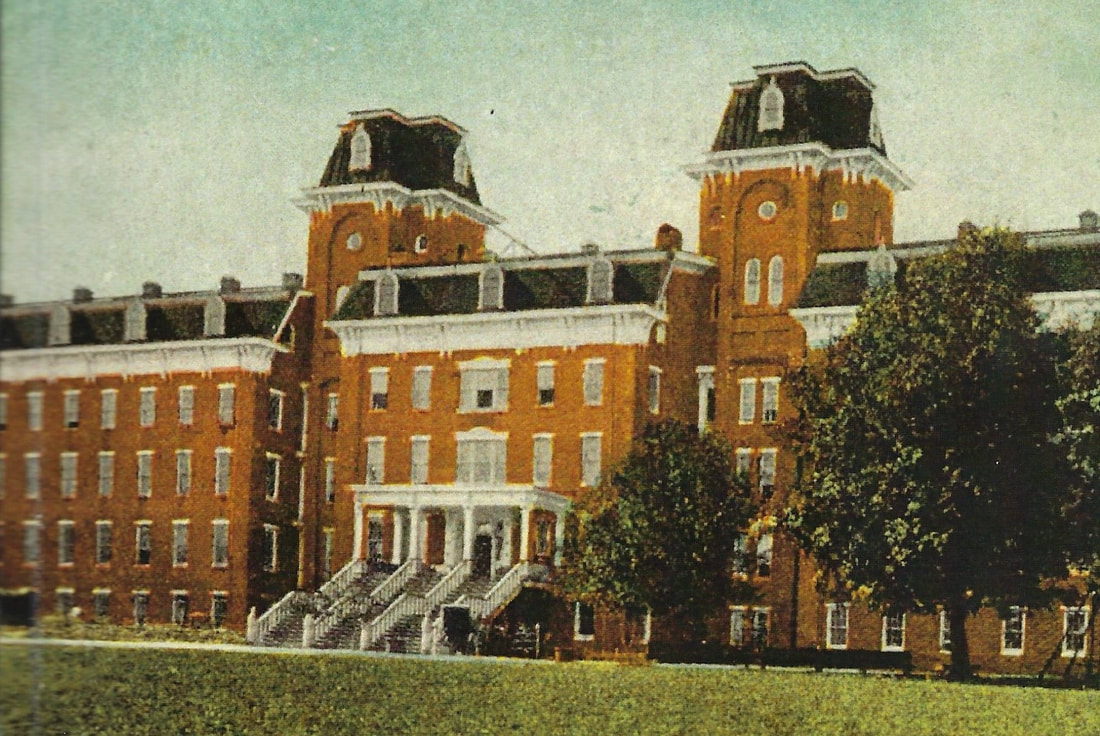
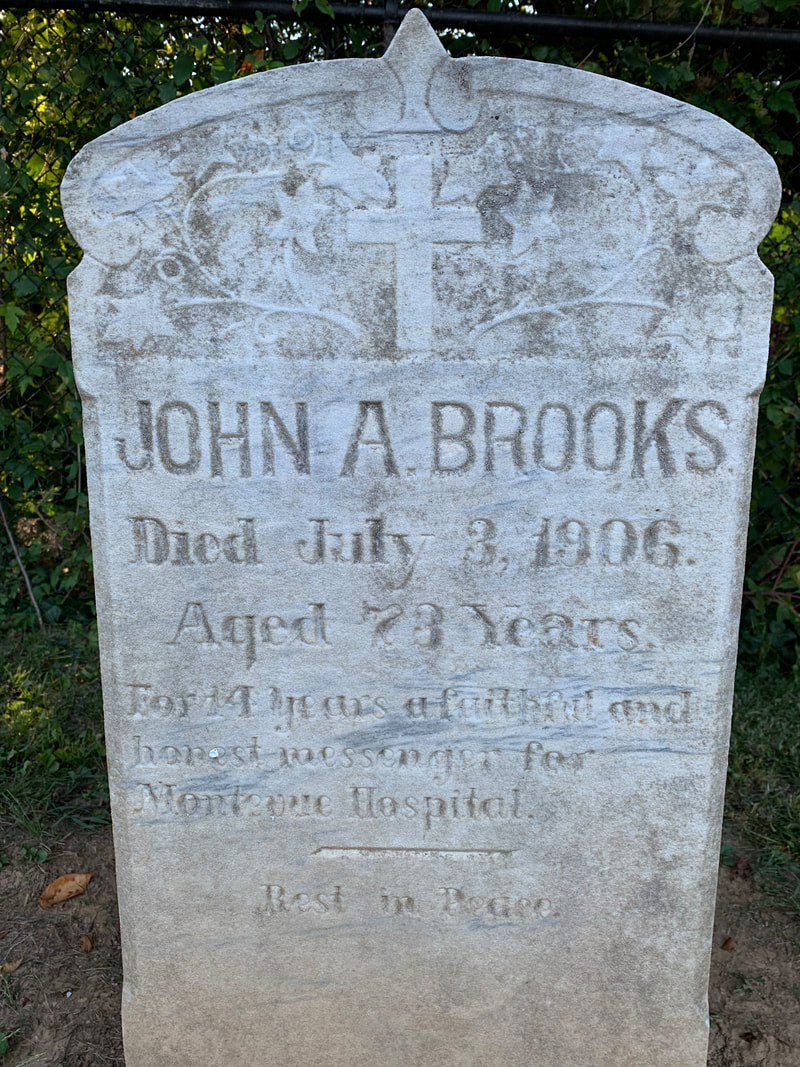
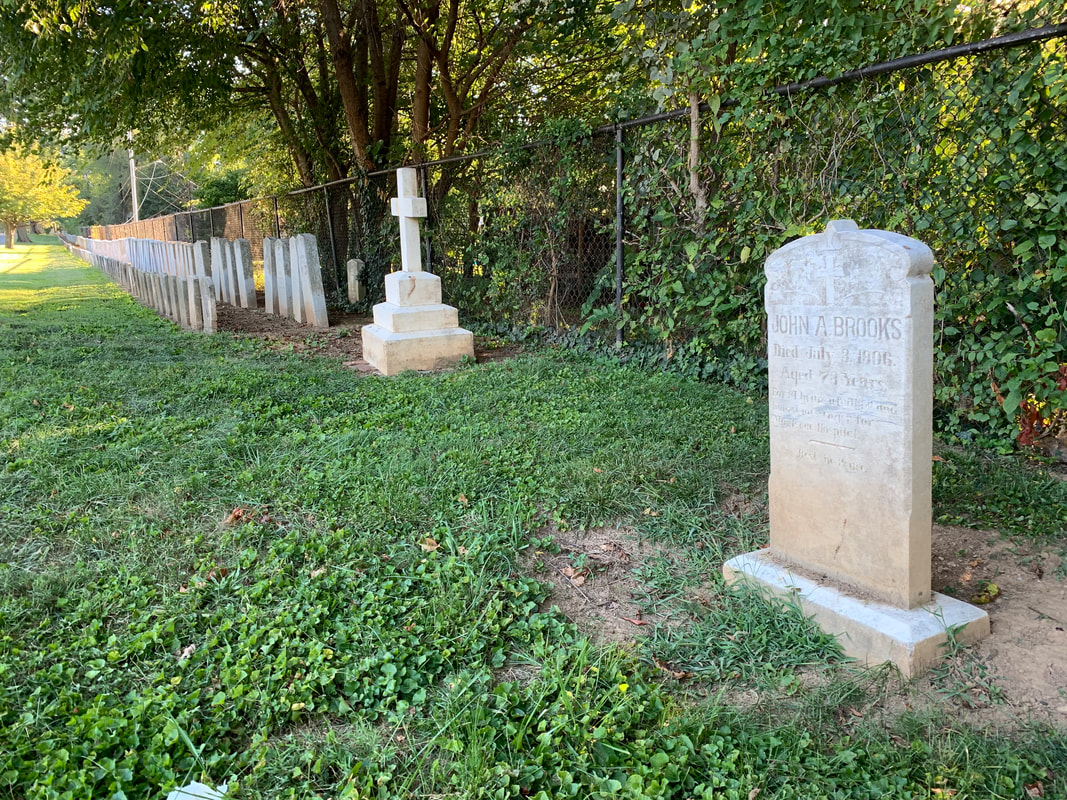
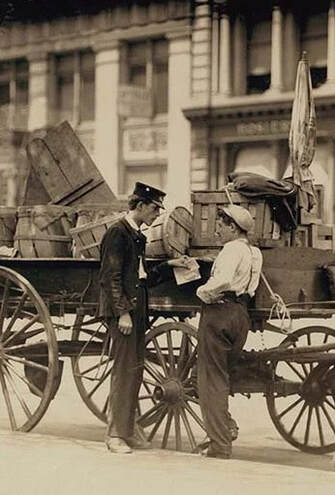
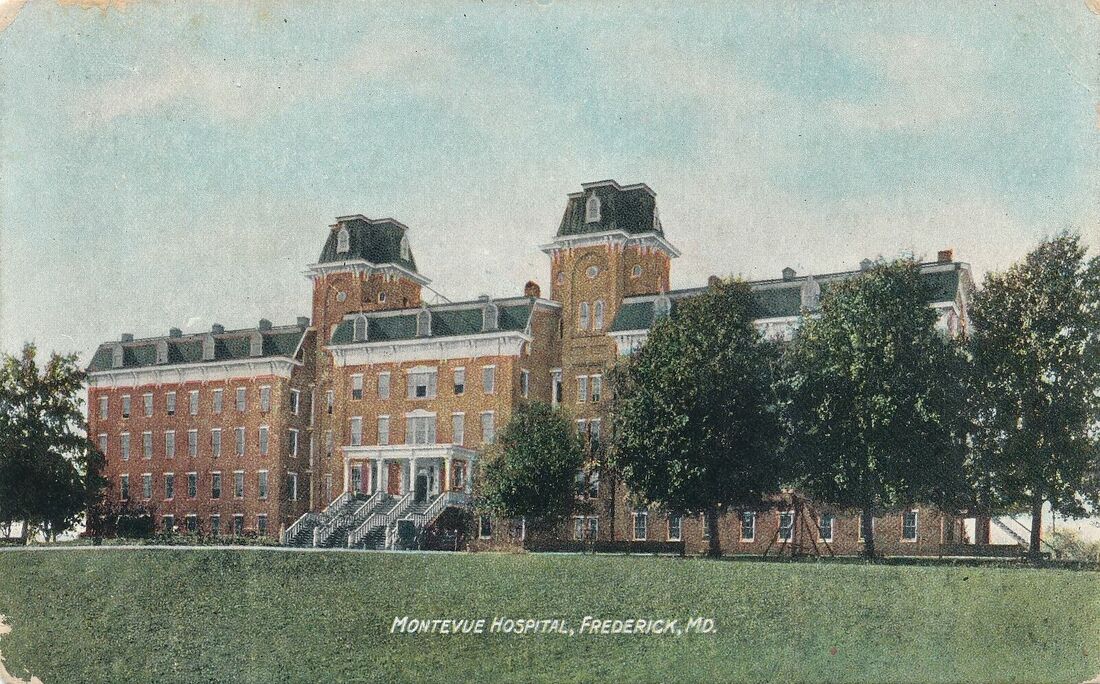
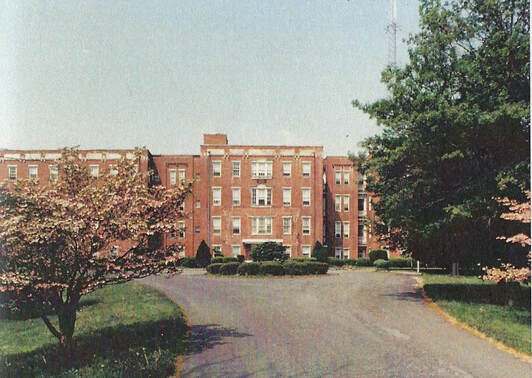
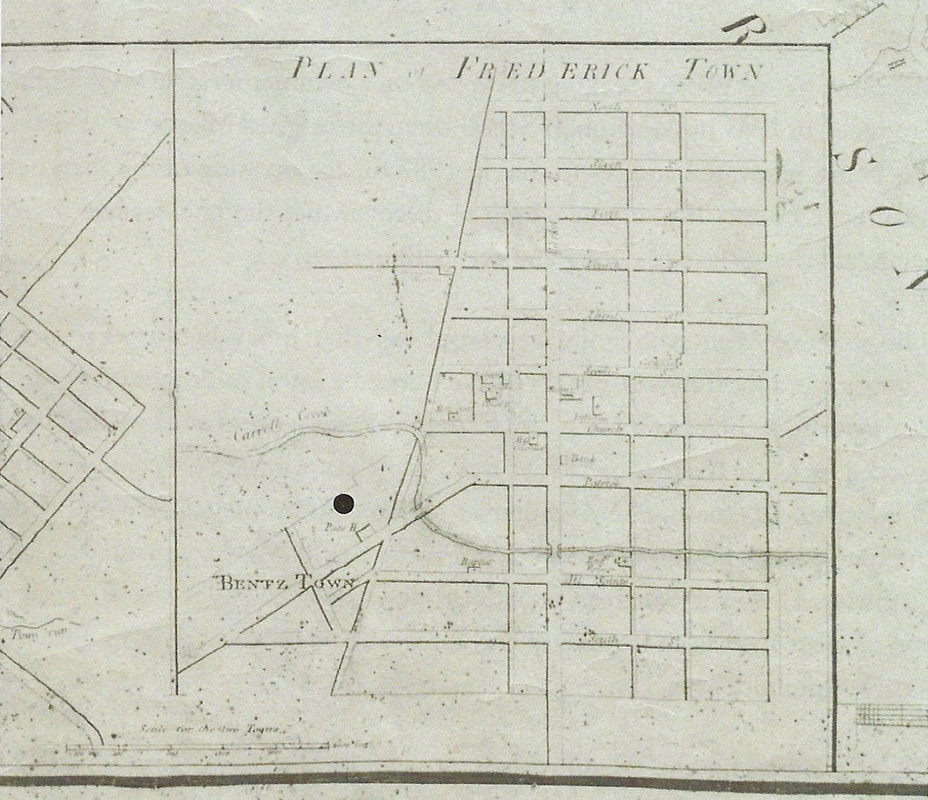
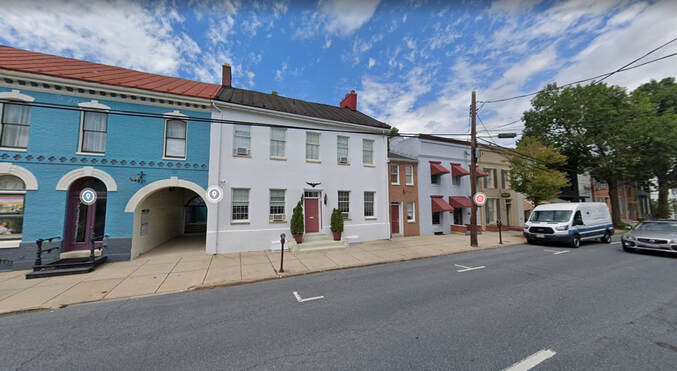
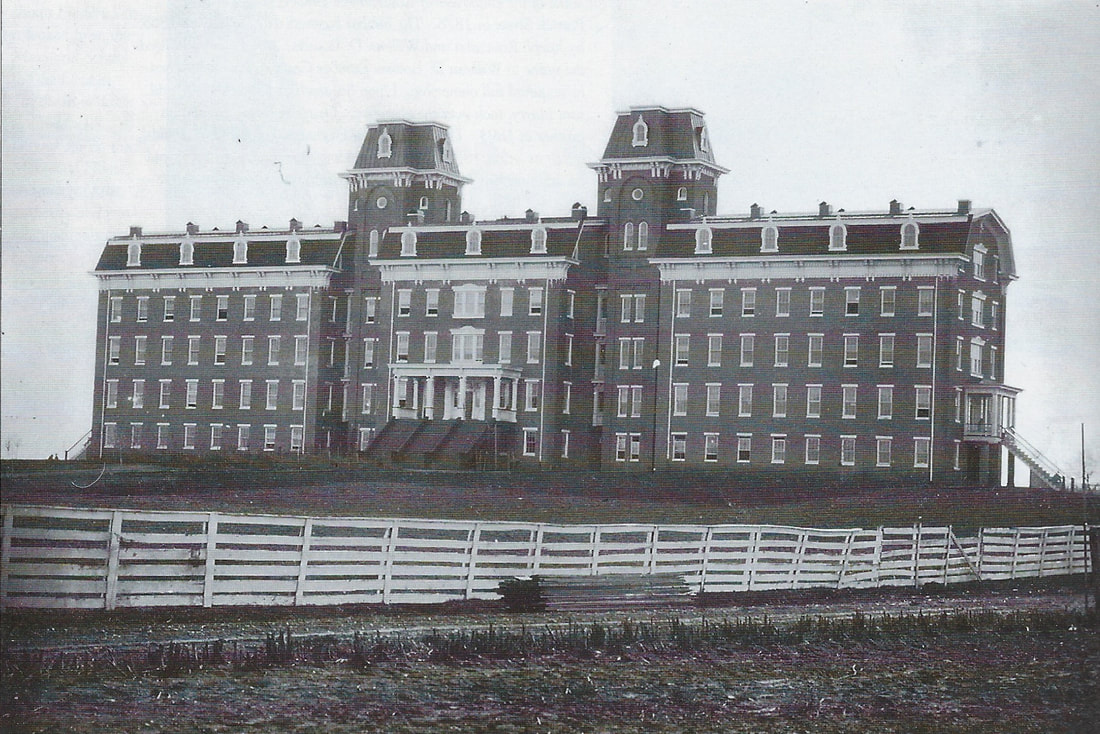
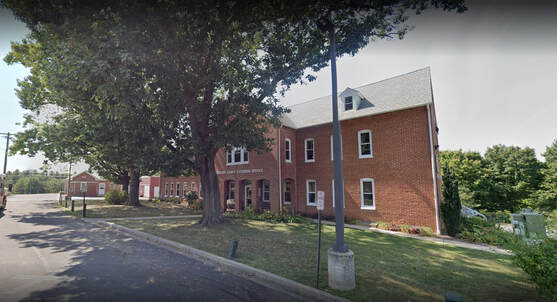
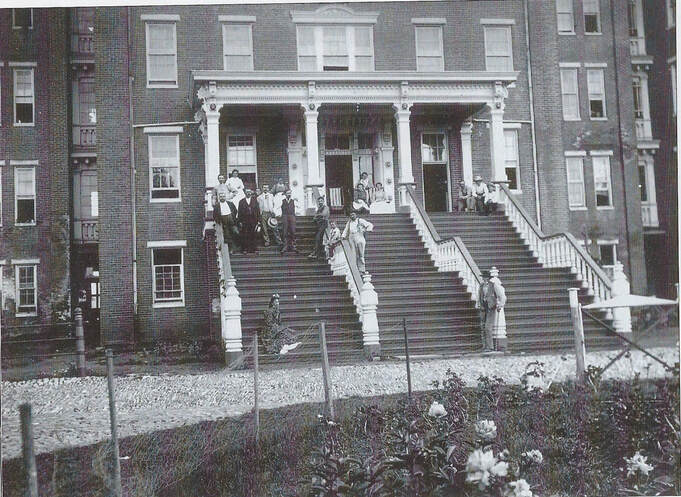
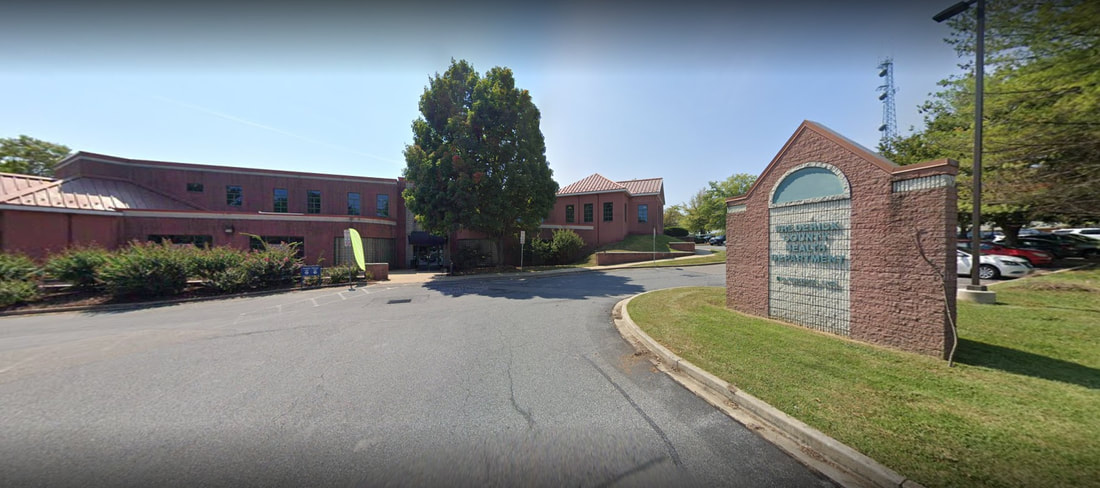


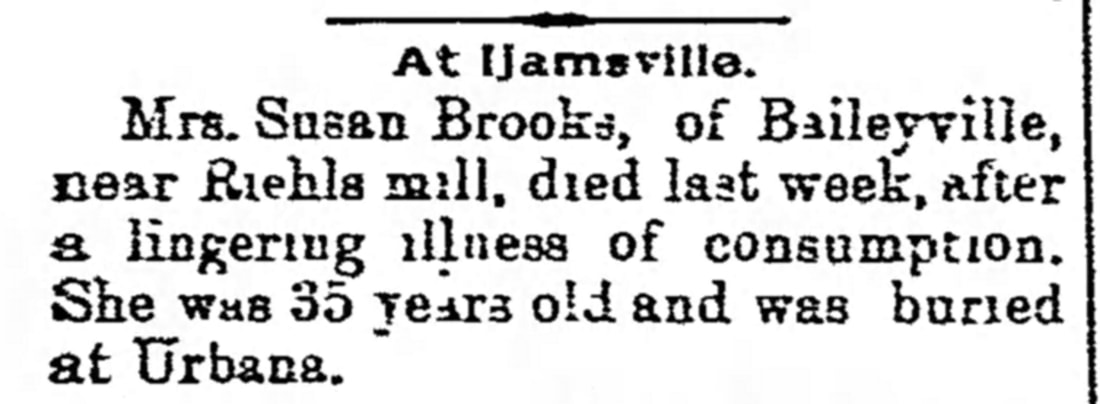
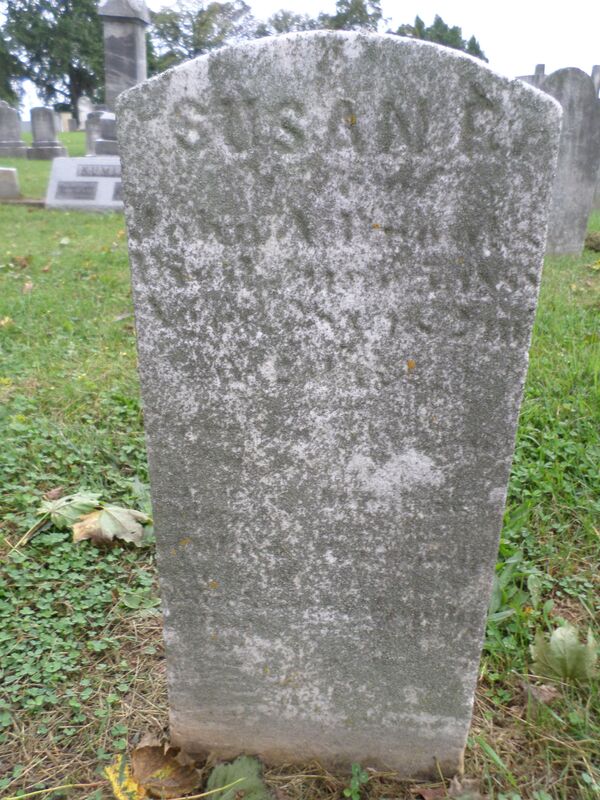

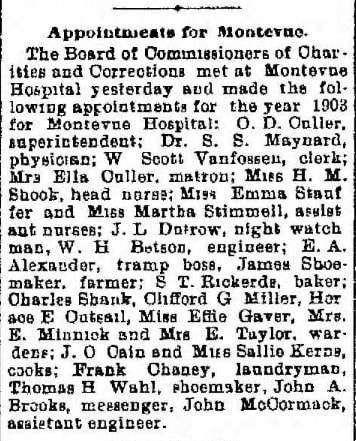
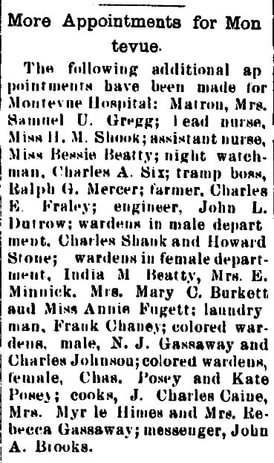
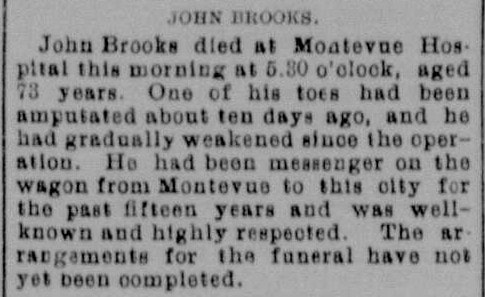
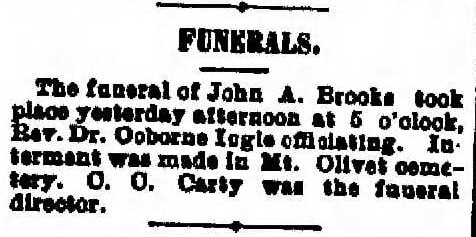
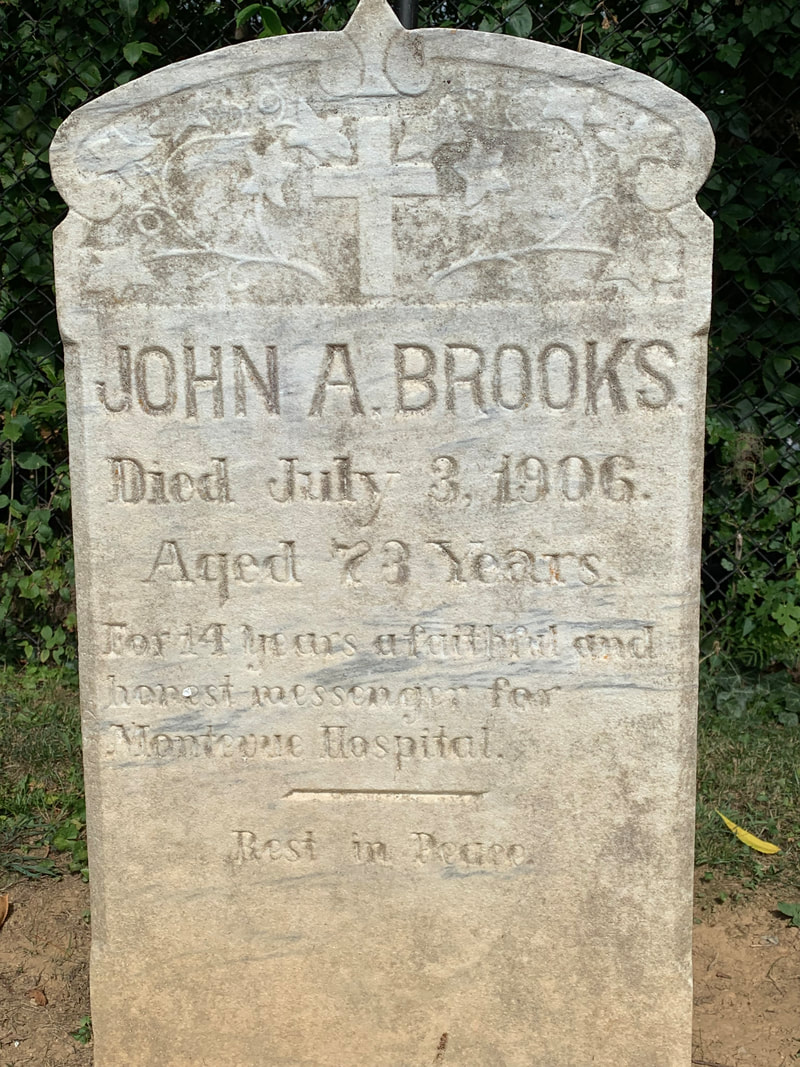

 RSS Feed
RSS Feed